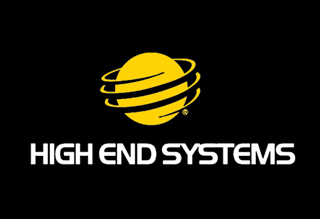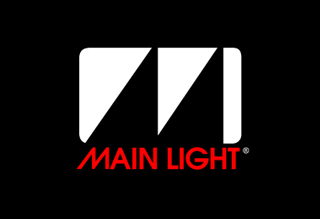CONCEPT
The Realm, is the first theatrical dance performance that will use stereoscopic 3D to create a virtual environment for "live" performers in real-time; thus, adding a more cinematic element to live theatre; and in turn, adding an entirely new level of immersion for the audience.
For example: lets say you are an audience member, you are sitting in the theater, the backdrops and sets are in stereoscopic 3D (so you see the stage and sets in real z-space and/or depth), the audio track is in 10.0 Digital Surround Sound (so you hear the sound as if you were there), the theater is equipped with new technological additions, and the performers are on stage. Now, as an audience member, you see what appears to be the inside of a graveyard—all of a sudden, the two large gates open, swinging toward you (you'll see those gates coming toward you and hear all sounds associated with such an event). Just then, you see the cast (real performers) walking toward you on stage, the background (set) moves as well and gives the illusion that they are walking deeper into the cemetery. Now, as the performers progress, they stop at a tree: you see the leaves blowing (it's in 3D), you hear the wind (it's in 10.0 digital surround sound), you feel the wind (there are large fans blowing the audience in sync with the action and sound), and now you feel leaves hitting you. Then, all-of-a-sudden, you see these zombies (pre-recorded 3D video footage of dancers) coming out their graves walking toward you (the audience) and once in relation to the live performers, they, the zombies (pre-recorded 3D video) begin dancing and performing with the live performers on stage; thus, adding a more realistic and cinematic experience while providing a more immersive experience for the audience.
HOW DOES STEREOSCOPIC 3D WORK
Stereoscopic 3D essentially helps to create an illusion of depth through the use of two offset images: one for the left eye and one for the right eye, which combine in the brain to give the perception of depth. To create this effect, two identical images taken or rendered with a slight offset (approximately 1.5" apart, or essentially the distance between the left and right eyes), are superimposed (independently projected on top of each other) onto the same projection screen. However, before the image reaches the screen, the light from each image passes through a circular polarizing filter (a left circular polarizing filter and a right circular polarizing filter) before it reaches the screen. Once the light hits the screen, it is then bounced-back to the audience who wear passive eyewear. The eyewear comprised of a pair of circular polarizing filters mounted in reverse.
Normally, with a traditional stereoscopic 3D system, two high-powered (20K-lumen or greater) are used in combination with specialized software and a server system. However, in order to achieve the desired affect, a total of 2 – 20K-lumen projectors, 4 – 10K-lumen projectors, 3 – pairs of left and right circular polarizing filters, a server system, a control system with specialized software, 2 – front projection screens designed for stereoscopic 3D projection and 1 – rear projection screen designed for stereoscopic 3D projection. Due to the extreme cost of the equipment needed, neither purchase nor rental was an option. In addition to the extreme cost, the facility posed some obsticles. For example: In order to project an image as large as 16'Hx27'6"W, a throw of 35'-45' would be needed; however, the theater only allows for 15'-20' throw. Therefore, a creative and out-side-the-box projection system was needed.
THE REALM'S DESIGN
After several months of research and a couple of weeks of testing, a solution was devised using High End System's, DL.3. The DL.3 is an intelligent fixture with a 7K-lumen projector, built-in camera, built-in server, networking capabilities, and software to frame blend images. By taking advantage of this intelligent fixture's unique and revolutionary technology, it allowed for a more streamlined and economical approach to our projection system. Using a total of 8 – DL.3 fixtures and dividing them into quadrants (each quadrant having a pair of fixtures (one for the left eye image and one for the right eye image)) we were able to obtain the needed screen size. Using the fixtures on-board collage generator and networking capabilities, a seamless panoramic image created. It also allowed for controlled show cuing system.
The Realm would like to thank High End Systems and Main Light Industries for their continued support and assistance with the DL.3.

